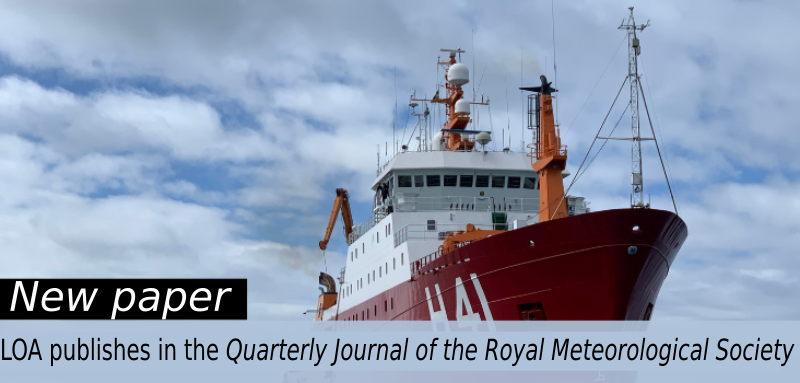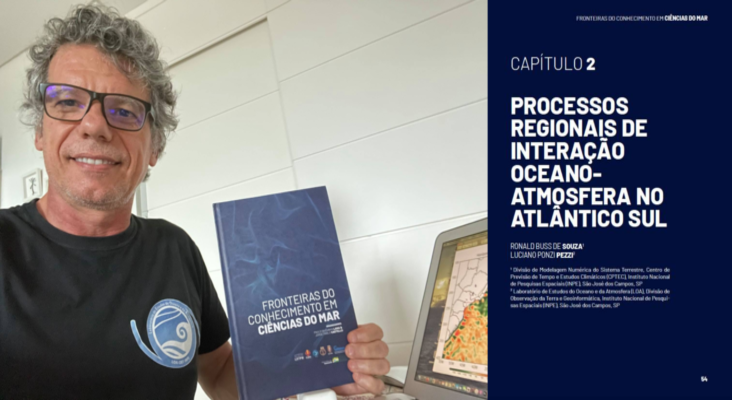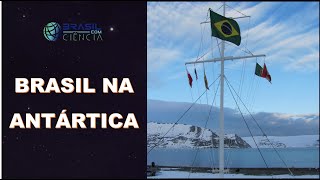The Antarctic Modeling and Observational System (ATMOS) project, led by the Laboratory for Ocean and Atmosphere Studies (LOA) of the National Institute for Space Research (INPE) in Brazil, aims to improve our understanding and modeling of ocean-atmosphere interaction processes -waves in the Southwest Atlantic and the Atlantic sector of the Southern Ocean. The observations obtained and the models developed by ATMOS not only aim to contribute to the improvement of weather and climate forecasts, but they can also provide critical data needed for search and rescue missions in inhospitable places on the Antarctic islands. Recent examples of search and rescue missions in the Southern Ocean include the disappearance of a Chilean aircraft in the Drake Passage (12/2019) that the Brazilian Navy supported in the search, as well as the sinking of a cargo ship during a storm near Japan (09/2020).
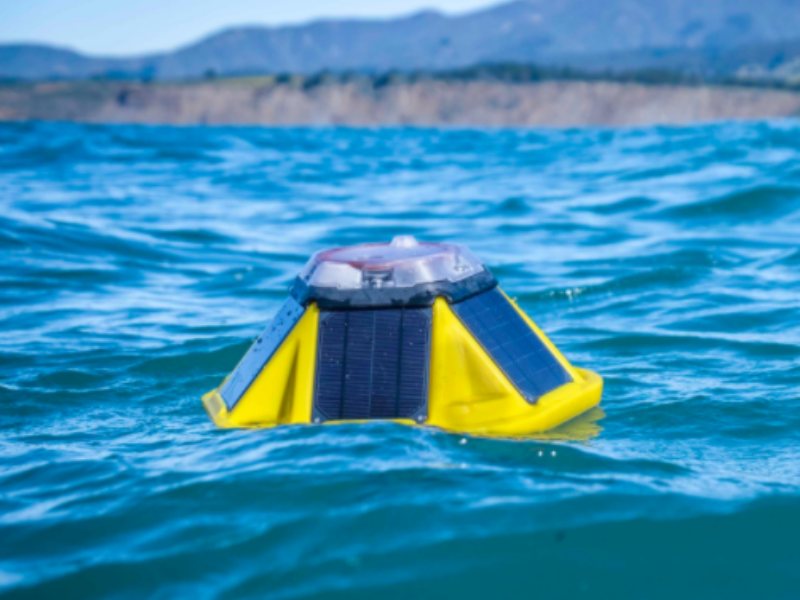
Search and rescue operations critically rely on observational data and models to predict the location and size of the search area, whose uncertainties increase exponentially with time. In addition to wind and currents, waves play a critical role in forecasting the search area, as waves can generate surface currents, also known as Stokes drift. Depending on the wave field properties, Stokes Drift can be considerable. For example, a wave field consisting of 5-second period waves with a wave height of 2 meters can induce a surface current of about 20 cm/sec. To put this in perspective, an object exposed to this wave field can be transported up to 1 km in less than 1.5 hours. However, a wave field naturally consists of many different types of waves with varying heights, periods, and propagation directions. Thus, instead of transporting material in a single direction, a material collective can be dispersed in different directions. This significantly complicates search and rescue operations. Although wave dispersion has been studied in the laboratory and to some extent in the field, little is known about wave dispersion properties.
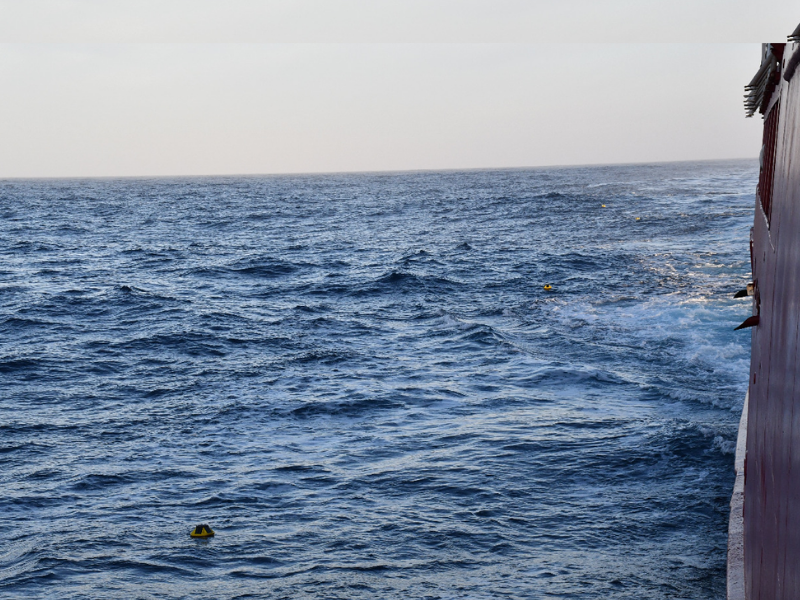
LOA / INPE (under the ATMOS project) and the University of Melbourne have partnered with Sofar Ocean to study wave dispersion in our oceans. Sofar Ocean has transformed the way we observe marine climate by developing a vast network of Spotters, small wave-buoys launched to drift in the world's oceans. In order to increase open ocean data and improve marine weather forecasting, Sofar Ocean's objectives align well with those of LOA/INPE (ATMOS) and the University of Melbourne. As part of this collaboration, a set of five buoys were launched in November 2020 during OPERANTAR XXXIX, over the same point at the Drake Passage, to study wave dispersion.
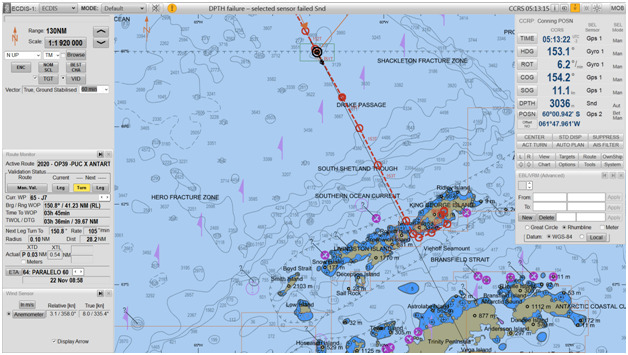
The Drake Passage, also known as the Drake Strait, is the maritime region that divides Antarctica from the southern part of South America. It is also recognized as one of the most dangerous regions globally for navigation, as ocean currents are very intense. In addition to being frequently subject to storms, very intense winds can generate very high ocean waves, up to 10 meters high or more.
Drift buoys measure wave characteristics, geographic locations and transmit their data via satellite in real-time. This will be an experiment that simulates the conditions of an operation of search and rescue at sea. We will monitor how drifters move and disperse in the Drake Passage and neighboring oceans under the forces of wind, waves, and marine currents. We hope that this experiment will provide us with new knowledge about the problem of wave dispersion and provide subsidies to improve marine predictions in the future. Despite the fact that field research was interrupted this year at PROANTAR due to COVID-19, the launching of the buoys was carried out through the logistical support of the Brazilian Navy from the Maximiano Polar Ship while it headed towards the Comandante Ferraz Antarctic Station.
The five Spotter buoys, manufactured by Sofar Ocean, loaded onto the Polar Ship Admiral Maximiano and ready to be transported to the Drake Passage from where they were launched. (https://www.sofarocean.com/products/spotter).


